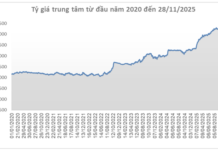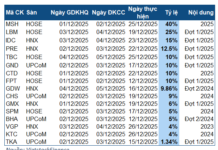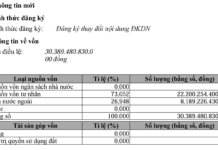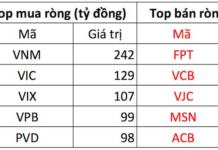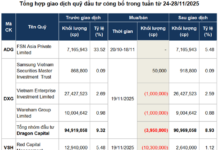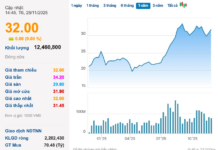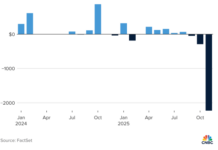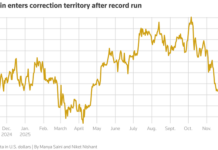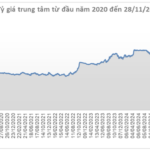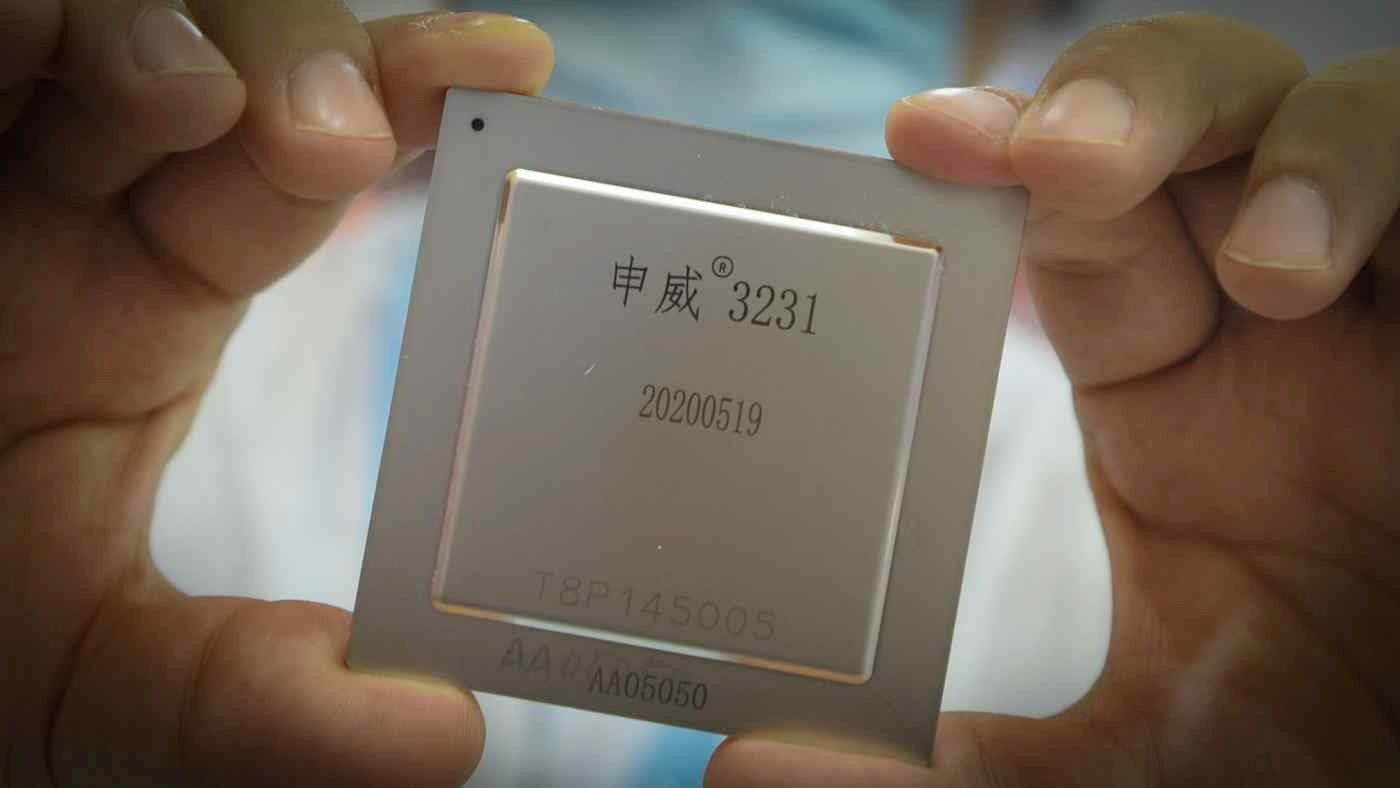
China is pouring money into chip manufacturing equipment, outspending South Korea and the US combined in the first half of 2024. This is seen as a significant push by China to localize its chip supply chain, mitigating risks from potential future Western export restrictions, according to the global chip association, SEMI.
As the world’s largest semiconductor equipment market, China spent a record $25 billion on chip manufacturing tools in the first six months of the year, according to SEMI. China maintained its robust spending through July and is on track for an annual record.
Investment in semiconductor equipment is a key indicator of future market demand and a measure of the industry’s outlook.
China is also expected to be the largest investor in building new chip factories, including the purchase of equipment, with total spending projected to reach $50 billion for the year.
SEMI anticipates annual spending growth in regions such as Southeast Asia, the Americas, Europe, and Japan through 2027 due to the trend of reshoring semiconductor manufacturing.
“We see China continuing to buy all the equipment they can for their maturing new chip facilities,” said Clark Tseng, senior director of market intelligence at SEMI. “Concerns about potential further export restrictions are also driving their procurement to ensure more equipment.”
The analyst noted that China’s record investment in chip-making equipment is driven not only by top manufacturers like SMIC but also by momentum from small and medium-sized producers.
“There are at least another 10 second-tier chip makers that are actively buying new tools, which is boosting China’s overall spending,” he said.
China is the only market to increase annual spending on chip manufacturing equipment in the first half of this year. South Korea and the US both spent less compared to the same period.
The semiconductor industry is growing by about 20% this year, driven mainly by rebounding memory chip demand and surging demand for AI-related chips. Other sectors are only growing modestly at 3-5% as the markets for computing and automotive chips are adjusting.
China is also the largest source of revenue for the leading chip equipment suppliers. China accounted for 32%, 39%, and 44% of revenue for US-based Applied Materials, Lam Research, and KLA, respectively, in the most recent quarter.
The Chinese market is even more important for the top Japanese chip toolmaker, Tokyo Electron, which derived 49.9% of its revenue from China in the second quarter. ASML of the Netherlands also relies on China for 49% of its revenue.
However, SEMI expects total spending on new factory construction in China to “normalize” over the next two years.
Unveiling the Deceit: Capturing Two Foreigners Impersonating Bank Officials to Defraud Victims of their Assets
Two foreign nationals posed as bank employees, phoning and requesting confidential information. They then fraudulently obtained and used Mr. T.’s credit card details.
“Positioning Lao Cai as the Premier Hub for Trade and Connectivity between Vietnam, ASEAN, China, and Eastern Europe.”
Investing in logistics infrastructure, warehouses, and especially in the Lao Cai Border Gate Economic Zone is key. This facilitates the efficient flow of goods and maximizes the potential of our border trade. With these developments, Lao Cai is poised to become a pivotal hub, connecting Vietnam and ASEAN countries with Southwest China and further afield to Eastern Europe.






